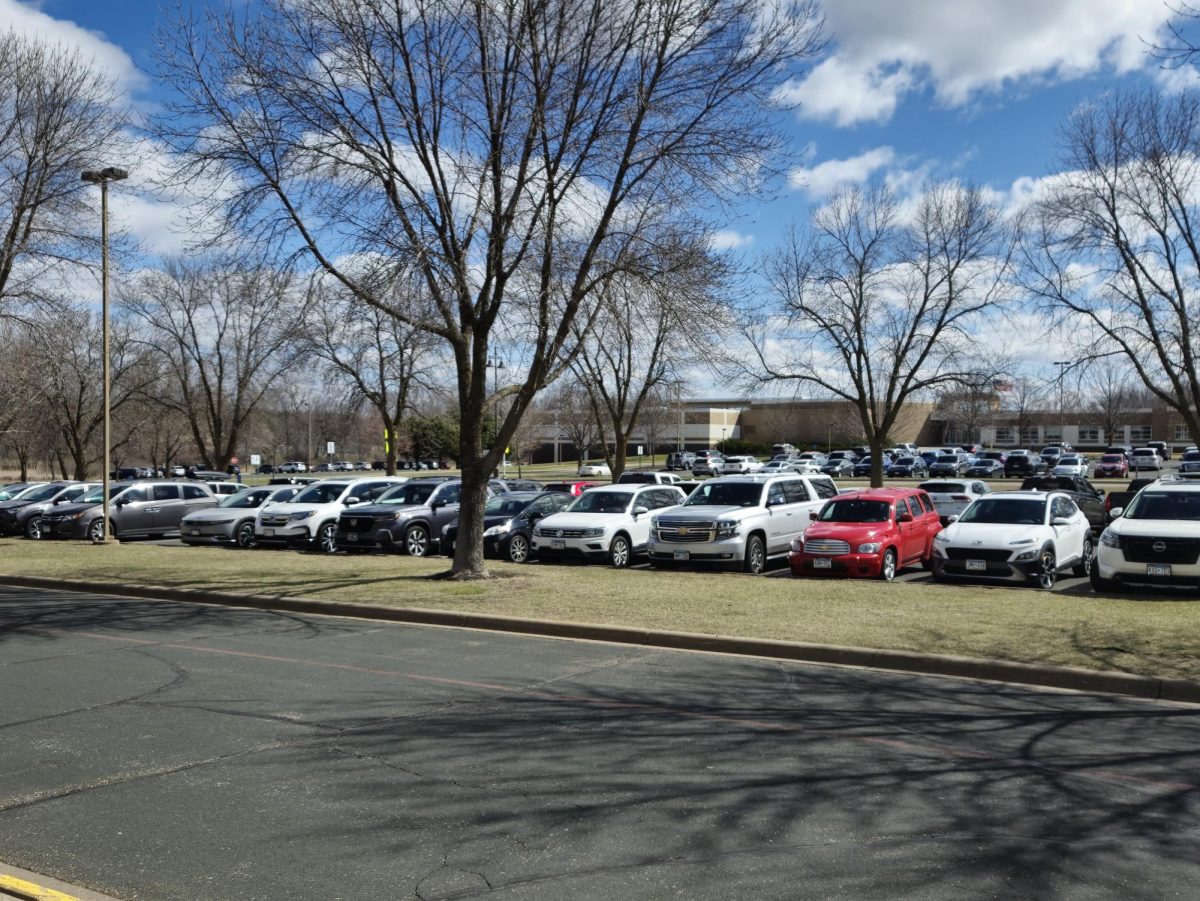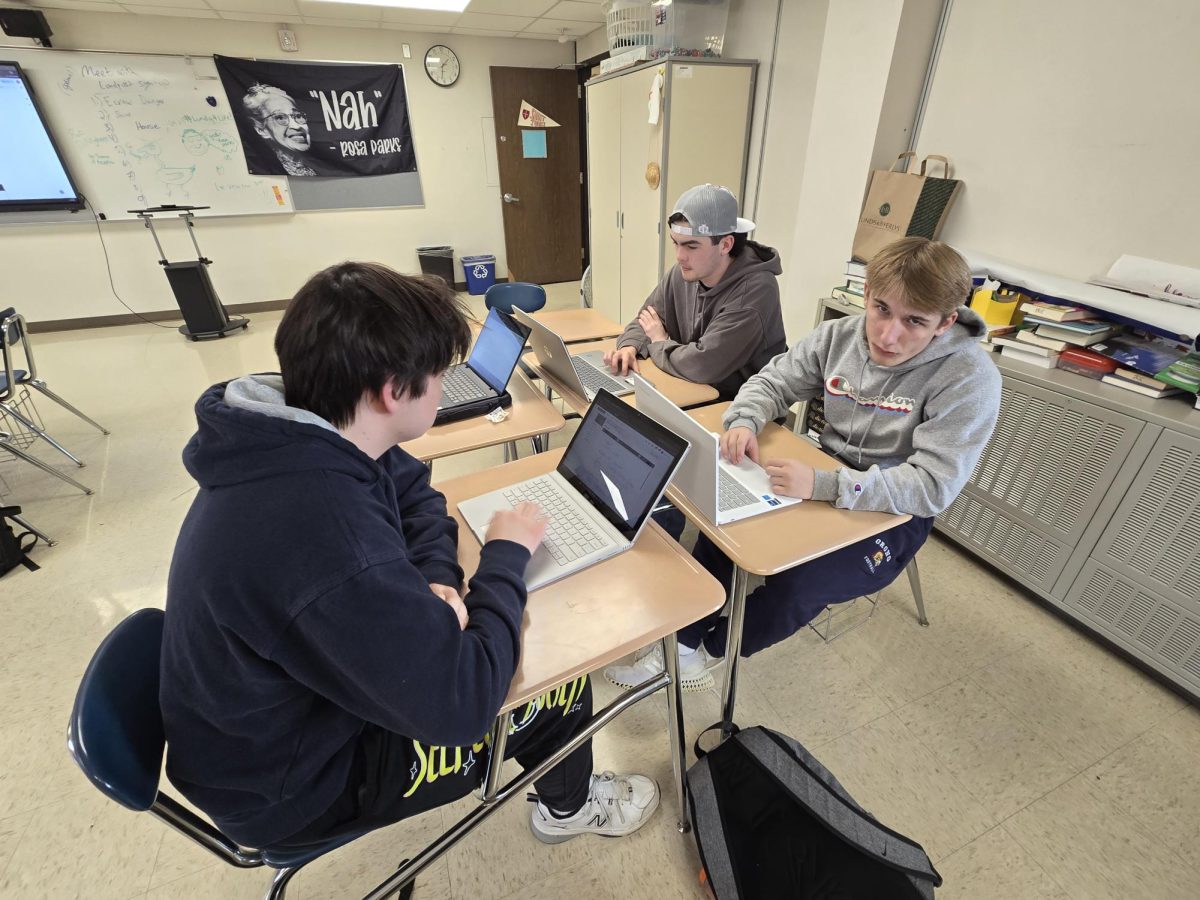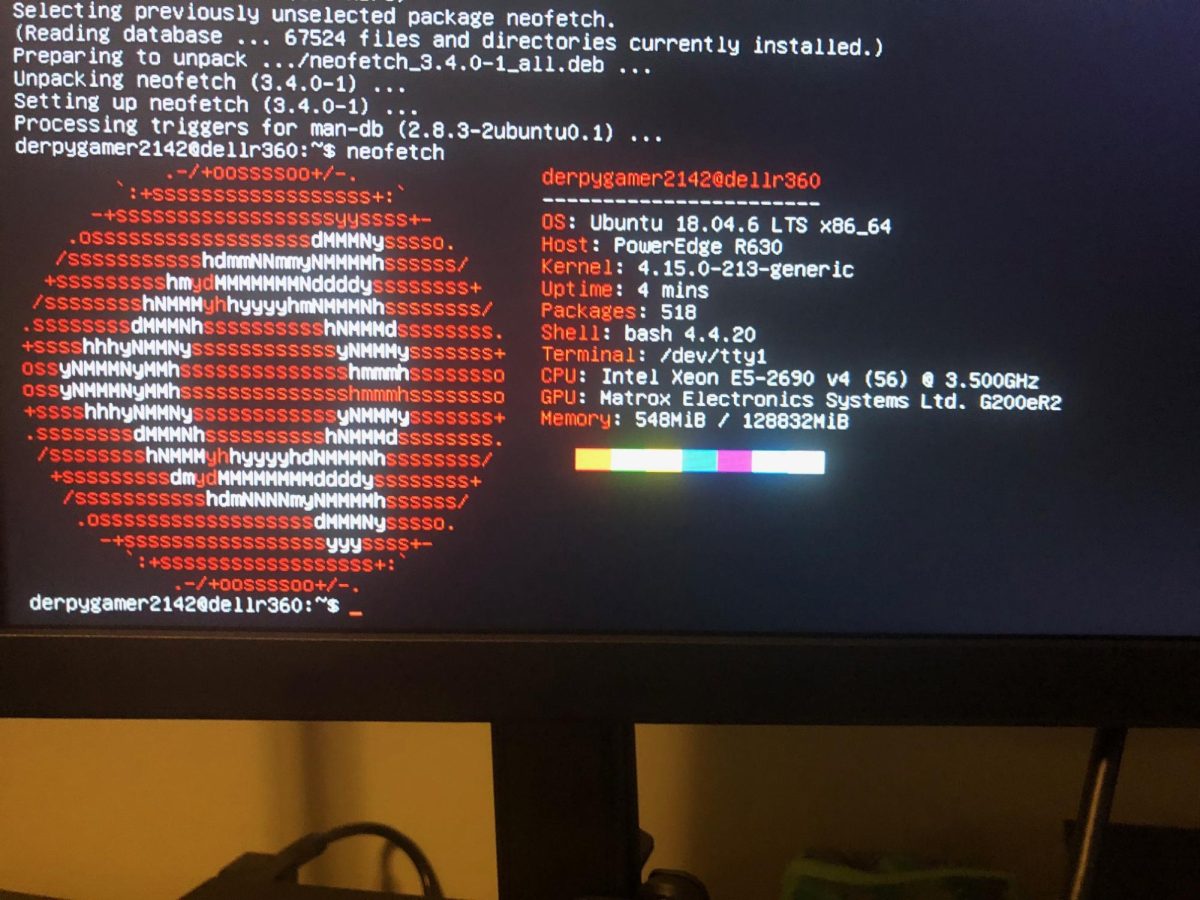Wanderers above the Sea of Smog
December 16, 2014
Hydro, and solar, and wind! Oh, my! For the first time in history, the United States and China have announced that they are working together to drastically cut greenhouse gas emissions by shifting many environmentally harmful energy sources to alternative fuels.
These nations, each a powerhouse of pollution, pump billions of tons of carbon dioxide into the atmosphere each year. The immense volume of city smog that accumulates because of this has nearly doubled the rate of temperature increase in only half a century.
There are few, if any, major Chinese cities with an air quality rating that is considered to be “good”. The vast majority of the cities are moderate at best and often fall into a unhealthy category. The air quality in the city of Shanghai, population 24 million, has been considered to be dangerous even for healthy individuals, according to Air Quality Index.
Some citizens must now wear protective filtration masks when travelling outside to avoid contracting respiratory diseases.
Even though China’s struggles with pollution “seem more daunting than the US”, Orono Biology teacher Jeremy Buch said, “it took me a while to adjust to all the exhaust when I moved here from a rural area.” When performing an autopsy on an American city-dweller’s lungs, there is a clear distinction from those of a someone who lives in the countryside due to excess tissue damage.
The new agreement between President Obama and President Xi Jinping is one that plans to stem the accelerating rate of greenhouse gas emissions and make a major switch to cleaner energy sources in the coming decades.
Given that China bears the brunt of the responsibility for these emissions, they have been expected to be able to make counter-efforts at a much slower rate than the US. The deal states that China must reach a peak of CO2 output around 2030 and they must increase the non-fossil fuel share of all energy to around 20 percent by 2030.
Obama declared a target of 26-28 percent (below 2005 levels) by 2025, according to The White House. The Administration has invested more than $80 billion in clean energy technologies as well.
Some people, however, are not feeling so secure in some of the government’s choices of alternative sources. “Wind doesn’t work,” said Orono science teacher Timothy Haislet. He said that large wind turbines cost upwards of $2 million per unit and that is one of multiple reasons why they just aren’t a viable option for green energy needs
Most Americans believe that climate change caused by humans is a serious issue – 81 percent of those polled think global warming poses a threat to our planet, according to a Stanford University study.
“We are already experiencing desertification, the rise of sea levels, mass extinction, an increase in extremes in weather, and more. There will be serious health effects from pollutants we are exposed through by air and water,” said Orono senior and past APES student Catherine Fraser, “I would argue that even if we take immediate action that we will still experience many of these problems, but by taking action we can significantly reduce their scale.”





























































